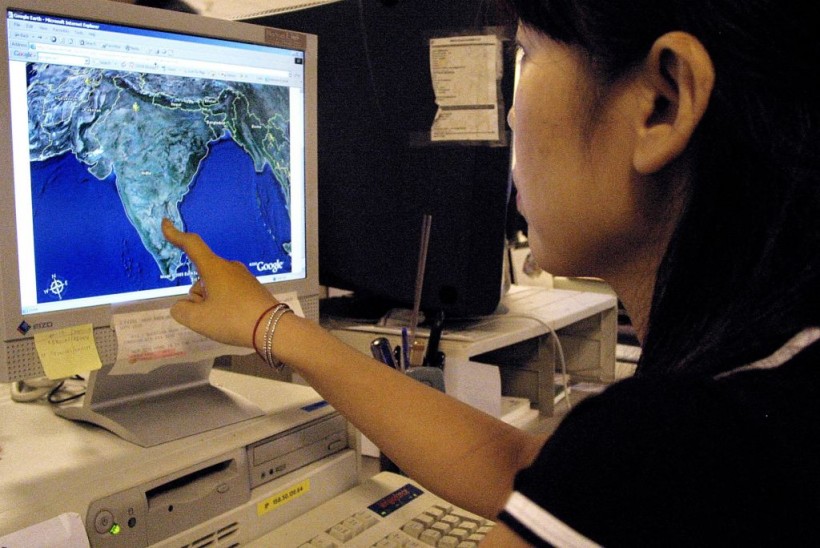A tool called Dynamic World utilizes artificial intelligence and satellite imagery to produce a high-resolution land cover map that reveals which bits of land have features such as water, crops, or trees.
As specified in a report from The Verge, the firm announced Thursday that a new dataset from Google reveals the features on the surface of the Earth in almost real-time.
Google tool shows what’s on the surface of the Earth in real time https://t.co/3Blf7tWBEH pic.twitter.com/6H0vKz4KPB
— The Verge (@verge) June 9, 2022
Land cover maps typically take a long time to produce, and there are big gaps between the images, the time they are taken, and when data is published.
They don't frequently don't have a detailed breakdown of what's on the ground in a specific area; a city would be categorized as "built-up," a designation for human-altered landscapes even if there are big portions with parks, for instance.
ALSO READ: Towards Quantum Computing: Physicists Surpass Current Supercomputers with New Programmable Simulator

A new dataset from Google reveals the features on the surface of the Earth in almost real-time, the company announced.
Dynamic World
Dynamic World categorizes the type of land cover for every 1,100 square feet, according to Google. It reveals how likely the sections are covered by one of nine cove types such as flooded vegetation, water, trees, built-up areas, crops, grass, scrub r shrub, bare ground, and snow or ice.
The tech company detailed its system, developed with the World Resources Institute, in a paper Nature's Scientific Data published.
Also featured in the report is a screenshot of New York City, for instance, which shows that most of the area in red is built-up. However, there are pockets of grass in green, and scrub or shrubs, in yellow in the city's major parks.
This Google tool's model produces more than 5,000 images each day, and the land cover data is constantly updated.
That lets researchers and policymakers see more rapidly the effects of things such as fires or hurricanes and help more effectively respond to changes.
In an announcement by Google, the vice president of food, forests, water, and the ocean a the World Resources Institute, Craig Hanson, said, if the world is to produce what's needed from the land, shield the nature that stays and restores "some of what t has been lost," there's a need of trusted, almost real-time monitoring of every hectare of the planet.
A Useful Tool for Researchers
Essentially, Dynamic World enables researchers to develop their maps based on the outputs of the machine learning model, "a major advancement in mapmaking," according to the statement released by Google.
With this tool, researchers can integrate local information with the data from Dynamic World to make a new map, for instance, a map that analyzes crop harvests between specific dates.
Moreover, Dynamic World is useful for understanding longer-term trends of seasonal ecosystem change, as shown in the Okavango Delta, a place that attracts the thirsty wildlife when it's flooding in July and August and then drying from September to October.
Craig said they are excited to put this open, readily available dataset and methodology behind it into the hands of the governments, companies, researchers, and scientists.
He added that they could make wiser decisions to shield, manage and restore the forests, ecosystems, and nature.
A report about Google's Dynamic World is shown on CNR Information's YouTube video below:
RELATED ARTICLE: Google Search Makes People Think They are Smarter Than They Actually Are, New Study Explains Googling Effect
Check out more news and information on Tech & Innovation in Science Times.














